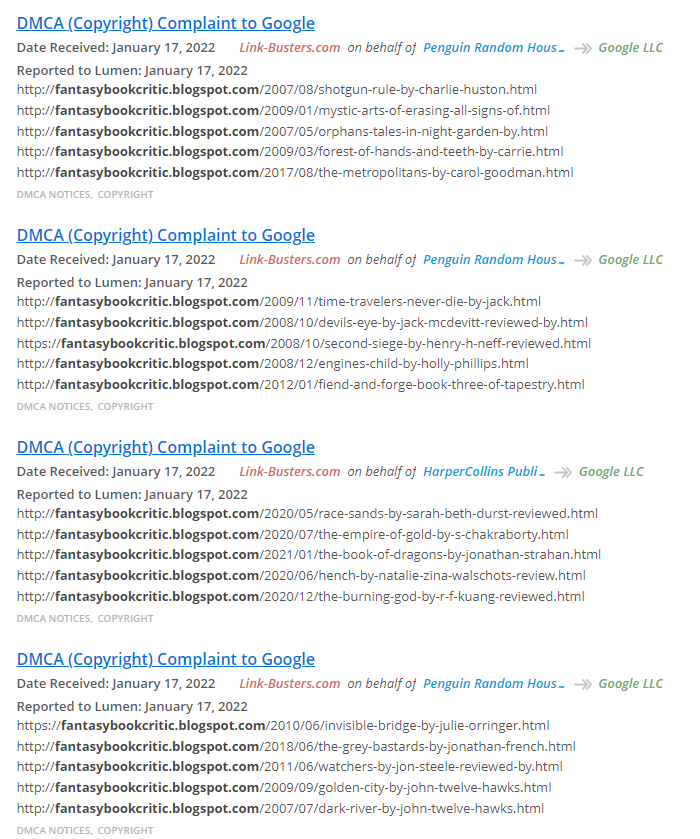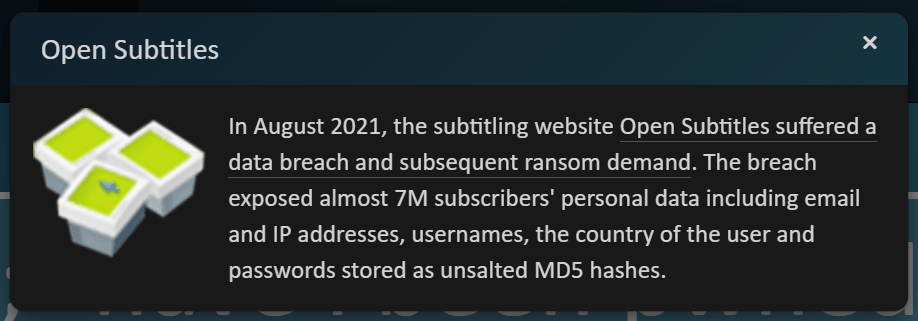For the past two weeks, observers of North Korea’s strange and tightly restricted corner of the internet began to notice that the country seemed to be dealing with some serious connectivity problems. On several different days, practically all of its websites—the notoriously isolated nation only has a few dozen—intermittently dropped offline en masse, from the booking site for its Air Koryo airline to Naenara, a page that serves as the official portal for dictator Kim Jong-un’s government. At least one of the central routers that allow access to the country’s networks appeared at one point to be paralyzed, crippling the Hermit Kingdom’s digital connections to the outside world.
[…]
But responsibility for North Korea’s ongoing internet outages doesn’t lie with US Cyber Command or any other state-sponsored hacking agency. In fact, it was the work of one American man in a T-shirt, pajama pants, and slippers, sitting in his living room night after night, watching Alien movies and eating spicy corn snacks—and periodically walking over to his home office to check on the progress of the programs he was running to disrupt the internet of an entire country.
Just over a year ago, an independent hacker who goes by the handle P4x was himself hacked by North Korean spies. P4x was just one victim of a hacking campaign that targeted Western security researchers with the apparent aim of stealing their hacking tools and details about software vulnerabilities. He says he managed to prevent those hackers from swiping anything of value from him. But he nonetheless felt deeply unnerved by state-sponsored hackers targeting him personally—and by the lack of any visible response from the US government.
So after a year of letting his resentment simmer, P4x has taken matters into his own hands. “It felt like the right thing to do here. If they don’t see we have teeth, it’s just going to keep coming,” says the hacker. (P4x spoke to WIRED and shared screen recordings to verify his responsibility for the attacks but declined to use his real name for fear of prosecution or retaliation.)
[…]
P4x says he’s found numerous known but unpatched vulnerabilities in North Korean systems that have allowed him to singlehandedly launch “denial-of-service” attacks on the servers and routers the country’s few internet-connected networks depend on.
[…]
he named, as an example, a known bug in the web server software NginX that mishandles certain HTTP headers, allowing the servers that run the software to be overwhelmed and knocked offline. He also alluded to finding “ancient” versions of the web server software Apache,
[…]
“It’s pretty interesting how easy it was to actually have some effect in there.”
[…]
He acknowledges that his attacks amount to no more than “tearing down government banners or defacing buildings,” as he puts it. But he also says that his hacking has so far focused on testing and probing to find vulnerabilities. He now intends to try actually hacking into North Korean systems, he says, to steal information and share it with experts. At the same time, he’s hoping to recruit more hacktivists to his cause with a dark website he launched Monday called the FUNK Project—i.e. “FU North Korea”—in the hopes of generating more collective firepower.
[…]
he was nonetheless shocked and appalled by the realization that he’d been personally targeted by North Korea.
P4x says he was later contacted by the FBI but was never offered any real help to assess the damage from North Korea’s hacking or to protect himself in the future. Nor did he ever hear of any consequences for the hackers who targeted him, an open investigation into them, or even a formal recognition from a US agency that North Korea was responsible. It began to feel, as he put it, like “there’s really nobody on our side.”
[…]
While he acknowledges that his attacks likely violate US computer fraud and hacking laws, he argues he hasn’t done anything ethically wrong. “My conscience is clear,” he says.
[…]
Source: North Korea Hacked Him. So He Took Down Its Internet | WIRED




















